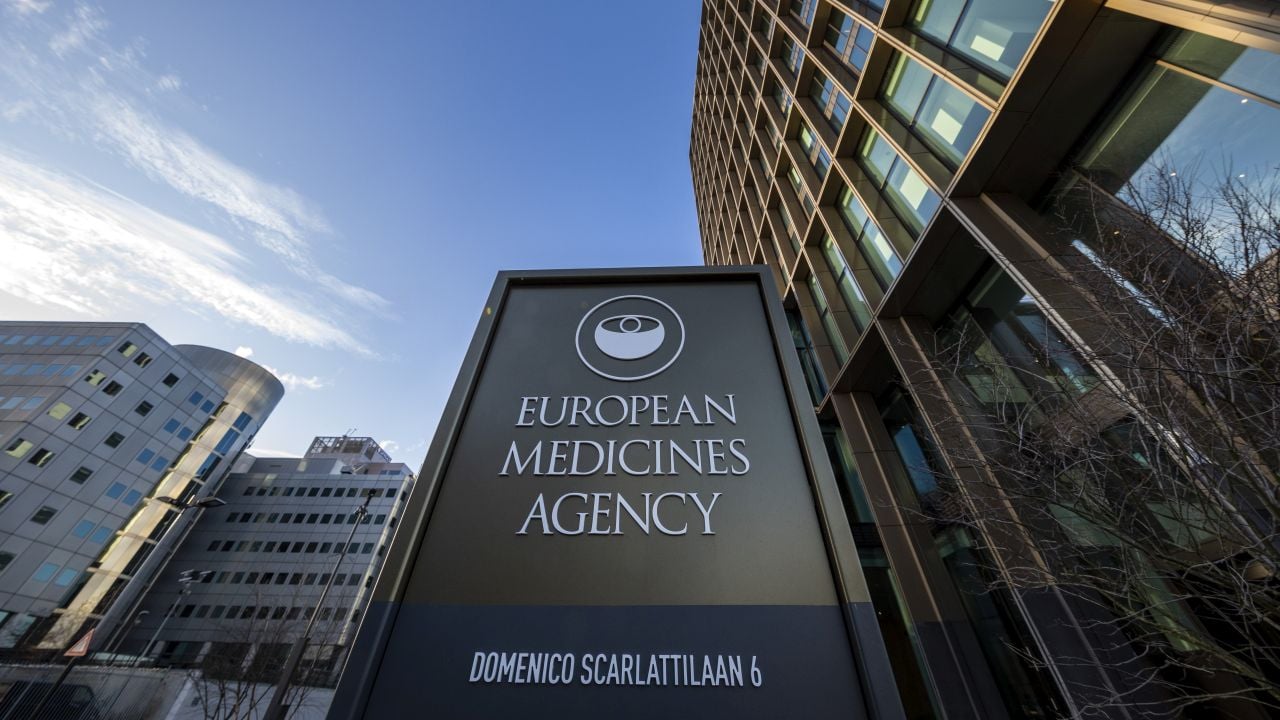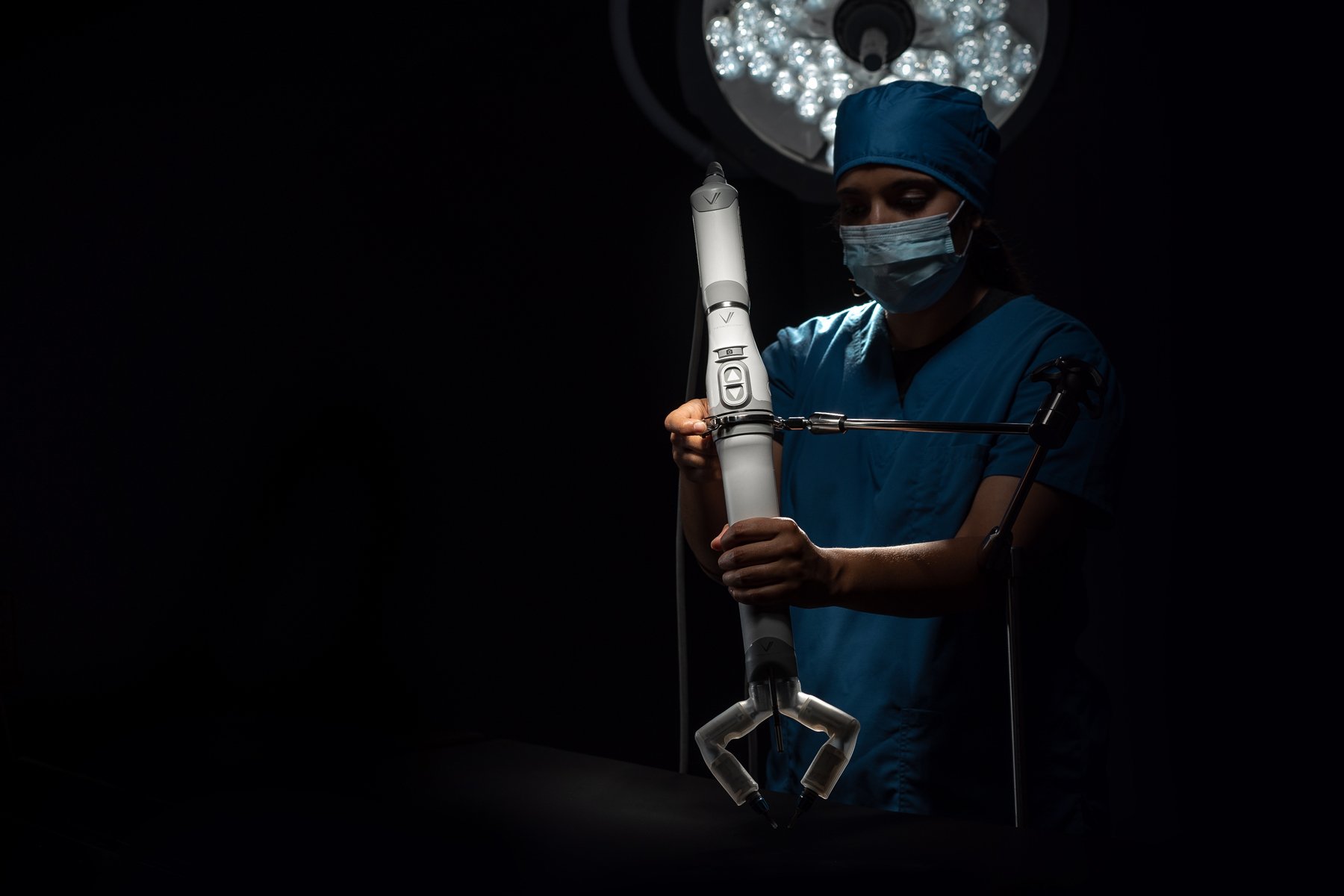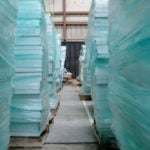Decoding Hydrogel Porosity: Advancing the Structural Analysis of Hydrogels for Biomedical Applications
Advanced Healthcare Materials, EarlyView.

Porosity governs transport mechanics in hydrogels, yet characterization in its native state remains challenging. This work harnesses particle tracking to uncover three-dimensional pore geometric features in polyethylene glycol hydrogels. Measurements in the native state reveal pores characteristics are comparable to those obtained by cryogenic scanning electron microscopy. The approach yields previously inaccessible pore metrics in the native state, offering new possibilities for hydrogel design.
Abstract
Hydrogels are essential biomaterials for biomedical applications, valued for their tunable properties and biocompatibility. A key feature influencing their function is porosity, which governs transport properties. Cryogenic scanning electron microscopy (cryo-SEM) is widely used to directly characterize porosity, but may introduce structural artifacts. Accurately characterizing the porosity of a hydrogel in its native state remains a challenge. Here, we characterized the hydrogel porosity in its native state using particle tracking assay and compared the results with cryo-SEM in polyethylene glycol (PEG) hydrogels. Both methods revealed the presence of micropores in PEG, likely arising from defects during polymerization. The equilibrium swelling assay showed nanoscale mesh sizes between polymer chains, distinct from the micron-scale pores. To overcome conventional limitations, we developed a novel three-dimensional (3D) pore reconstruction approach by leveraging the convex hull algorithm. The method enabled measurement of pore volume, surface area, sphericity, and size distribution. We found that cryo-SEM underestimates pore diameters due to the two-dimensional (2D) depiction, but after the 2D-to-3D conversion, remarkably similar pore dimensions are obtained. By advancing porosity analysis, this work provides insights for tailoring hydrogels to optimize interactions with cells, biomolecules, and therapeutic agents, opening avenues in drug delivery, tissue engineering, and other biomedical applications.














































































































































